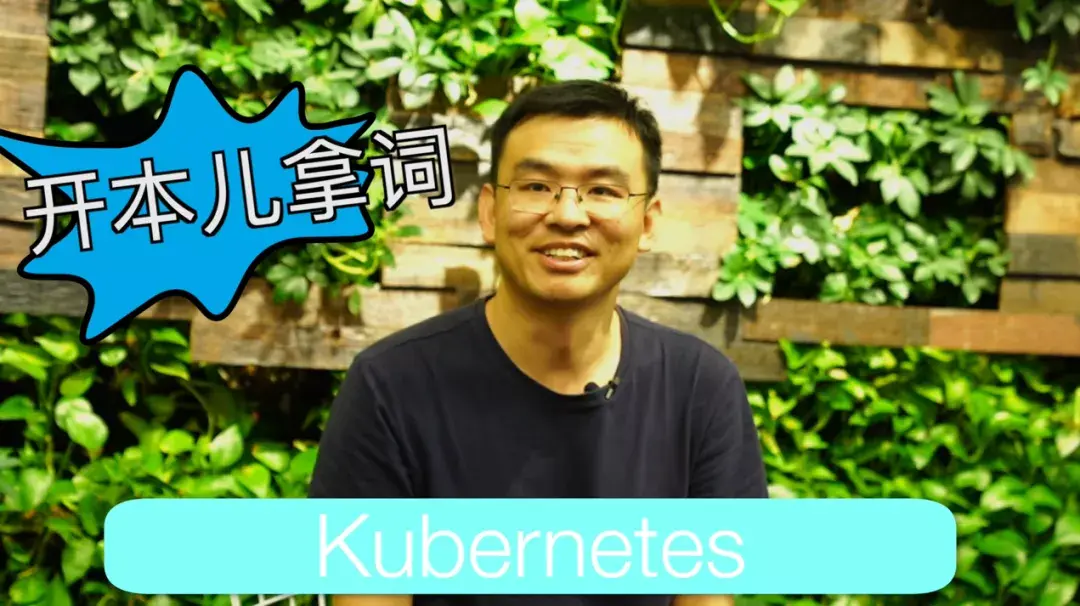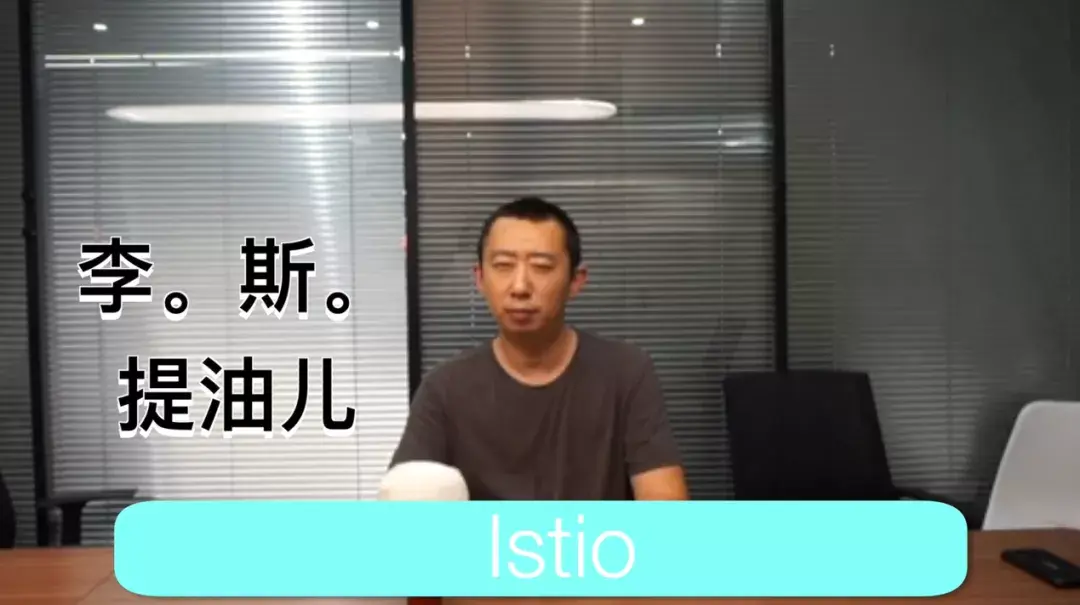https://zhuanlan.zhihu.com/p/168361742
作者:京东科技开发者
链接:https://zhuanlan.zhihu.com/p/168361742
来源:知乎
著作权归作者所有。商业转载请联系作者获得授权,非商业转载请注明出处。

Kubernetes 应该是最近最火的云原生技术名词,小伙伴们肯定不会陌生,但这个词应该怎么发音呢?来看看我们的研发大佬是怎么发音的:

这要是交流起来,你能听懂在说什么吗?哈哈哈,其实它正确的读音应该是:
/kubə'netis/
重音在第三个音节,来源于希腊文,意思是舵手。

Kubernetes 是 Google 开源的一个容器编排引擎,它支持自动化部署、大规模可伸缩、应用容器化管理。在生产环境中部署一个应用程序时,通常要部署该应用的多个实例以便对应用请求进行负载均衡。
在 Kubernetes 中,我们可以创建多个容器,每个容器里面运行一个应用实例,然后通过内置的负载均衡策略,实现对这一组应用实例的管理、发现、访问,而这些细节都不需要运维人员去进行复杂的手工配置和处理。

这个词同样来源于古希腊语,是泰坦神族中神明的名字,有“先见之明”的意思,先来看看我们的前端小哥哥是怎么读的:

我们来看一下正确发音的音标:
/prəˈmiː.θi.əs/ UK
/prəˈmiː.θi.əs/ US
怎么样?你读对了吗?

Prometheus 是一个开源的云原生监控和报警系统,前身是 SoundCloud 的告警工具包,现已演化成一个独立的开源监控系统,于 2016 年加入了 Cloud Native Computing Foundation,是 Kubernetes 之后的第二个主要项目。

这个发音应该不难,拆开都是我们熟悉的单词,它的正确发音是:
/ˈsɜː.vɪs/ /meʃ/ UK
/ˈsɝː.vɪs/ /meʃ/ US

Service Mesh 是用于处理服务到服务通信的专用基础架构层。Cloud Native 有着复杂的服务拓扑,它负责可靠的传递请求。实际上,Service Mesh 通常作为一组轻量级网络代理实现,这些代理与应用程序代码部署在一起,应用程序无感知。

Container 我们简直太熟了,也是使用频率最高的云原生技术名词,我们来看看 Containerd 的正确发音是什么:
/kənˈteɪnə(r) -dee/
它的发音是 container-dee,正如其名,它是一个容器守护进程。

Containerd 是一个工业级标准的容器运行基础设施,它强调简单性、健壮性和可移植性。Containerd 可以在宿主机中管理完整的容器生命周期:容器镜像的传输和存储、容器的执行和管理、存储和网络等。containerd 并不是直接面向最终用户的,而是主要用于集成到更上层的系统里,比如 Swarm, Kubernetes, Mesos 等容器编排系统。
▼更多发音小知识,请继续点击以下视频观看▼
▲发音大挑战丨云原生里那些明星项目怎么读?(二)▲

来自产品经理小哥哥的发音:

正确的发音:
/ˈen.vɔɪ/ UK
/ˈen.vɔɪ/ US
中文意思是使者。

Envoy 是专为大型现代 SOA(面向服务架构)架构设计的 L7 代理和通信总线,体积小,性能高。它的诞生源于以下理念:对应用程序而言,网络应该是透明的。当网络和应用程序出现故障时,应该能够很容易确定问题的根源。

这个也不难,相信大多数人都能读对,就是 Side Car 的连读,正确发音:
/ˈsaɪd.kɑːr/ UK
/ˈsaɪd.kɑːr/ US

Sidecar 中文译作「边车」,如下图中载人的摩托车是主应用,载狗的边车就是 sidecar。


Sidecar 在微服务架构中,Sidecar 附加到主应用(或者叫父应用)上,可以扩展并增强系统的功能特性,同时 Sidecar 与主应用是松耦合的(Sidecar 聚合的功能包括平台抽象、远程服务代理、日志、配置、流量监控等)。

这个有些考验,正确发音是:
/helm/
中文就是舵轮的意思。

Helm 是 Deis 开发的一个用于 Kubernetes 应用的包管理工具,主要用来管理 Charts(海图)。有点类似于 Ubuntu 中的 APT 或 CentOS 中的 YUM。Helm Chart 是用来封装 Kubernetes 原生应用程序的一系列 YAML 文件。可以在你部署应用的时候自定义应用程序的一些 Metadata,以便于应用程序的分发。
对于应用发布者而言,可以通过 Helm 打包应用、管理应用依赖关系、管理应用版本并发布应用到软件仓库。对于使用者而言,使用 Helm 后不用需要编写复杂的应用部署文件,可以以简单的方式在 Kubernetes 上查找、安装、升级、回滚、卸载应用程序。

这个有些难度了,还是来看看市场小哥哥的发音:

李斯表示这锅我不背!

它的正确发音应该是:
/iːst'iəʊ/
和 Kubernetes 一样,这个词也来源于希腊文,意思是“启航”。

Istio 是一个开源的服务网格,提供一种简单的方式来为已部署的服务建立网络,该网络具有负载均衡、服务间认证、监控等功能,而不需要对服务的代码做任何改动。随着各组织越来越多地采用云平台,开发者必须使用微服务设计架构以实现可移植性,而运维人员必须管理包含混合云部署和多云部署的大型分布式应用。Istio 采用一种一致的方式来保护、连接和监控微服务,降低了管理微服务部署的复杂性。
好了,今天的小课堂就到这结束了,上面的这些技术名词,你都读对了吗?
标签:容器,发音,服务,Kubernetes,名词,技术,应用程序,应用 From: https://www.cnblogs.com/lightsong/p/18598100